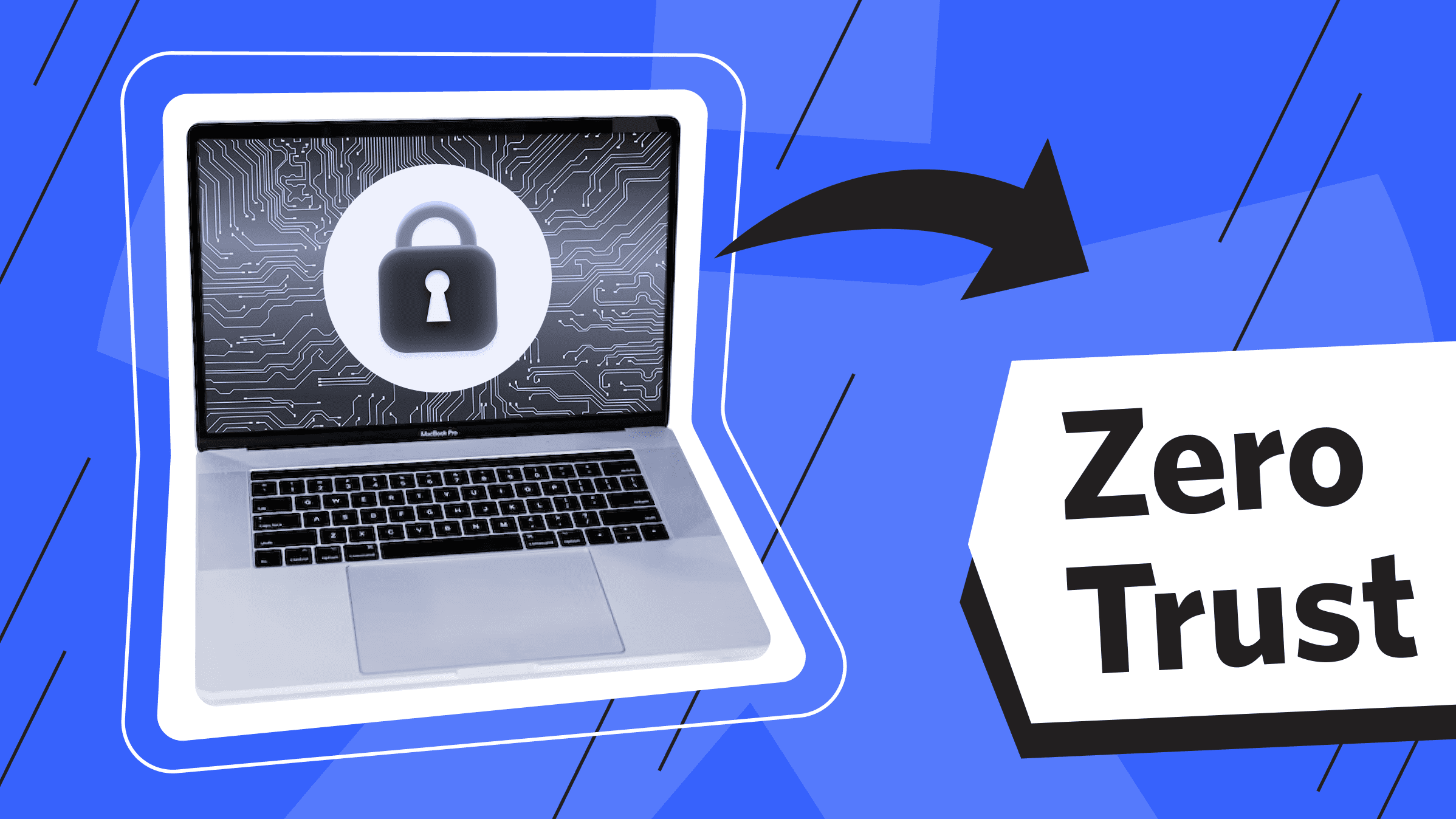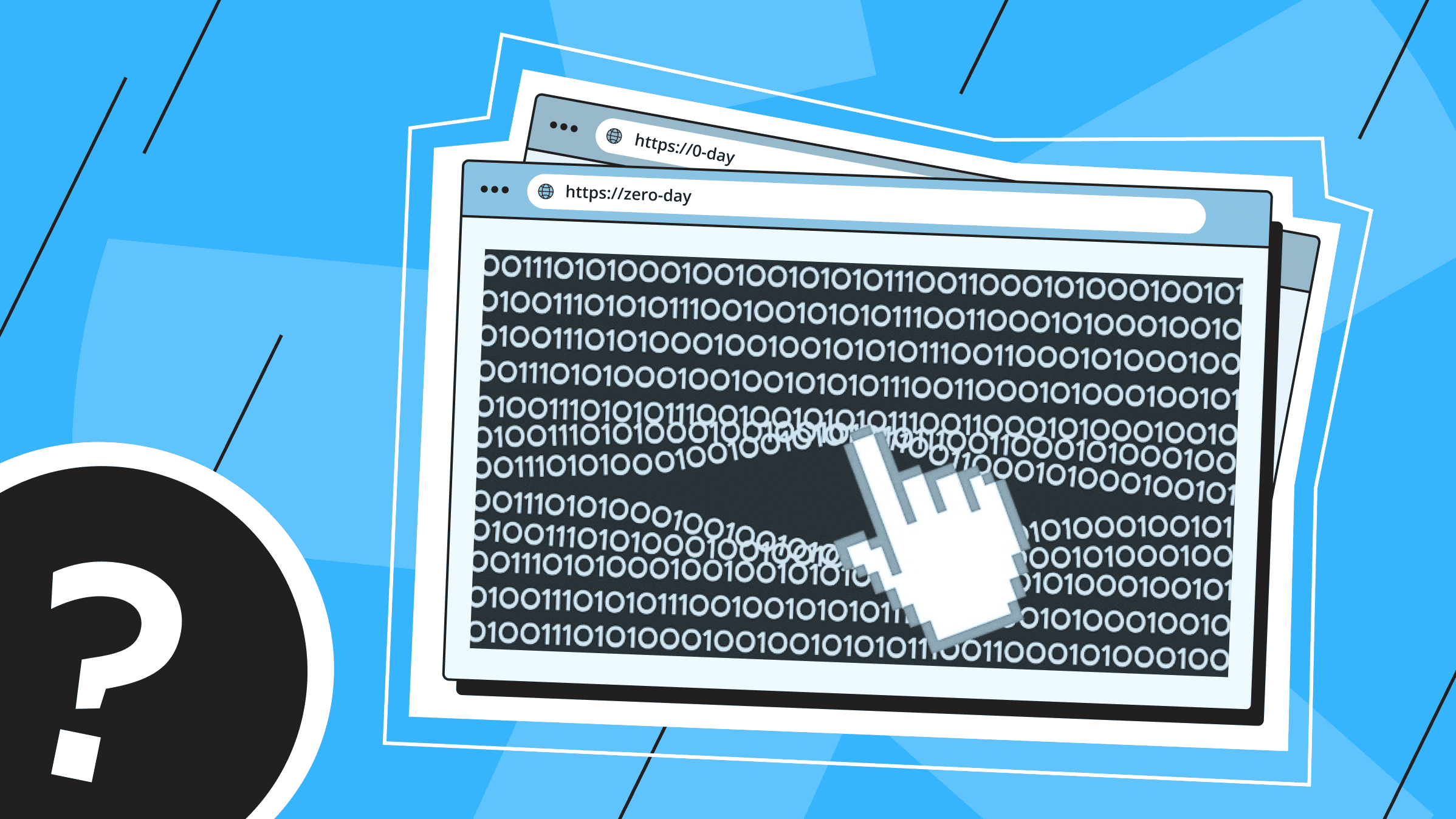
Traditional IT network security is based on the "castle and moat" concept. In this concept, gaining access from outside the network is complex, and everyone inside the network is trusted by default. The problem with this approach is that if an attacker gains access to the network, he has free rein over all system data.
In the case of increased security, it is also necessary to question the trust of those within the network. This approach is consistent with the concept of Zero Trust.
What is Zero Trust?
The Zero Trust model was first introduced in Forrester and Samsung research in 2010-2012. It aimed to remove implicit trust from the network perimeter security. The rise of cloud computing, mobile devices, and flexible work schedules has further weakened traditional network perimeters, increasing interest in Zero Trust approaches.
Banks and fintech companies pioneered the use of Zero Trust because they had strict requirements for the security of financial transactions on any device. In 2021, President Biden issued an executive order making Zero Trust the foundation of cybersecurity at the federal level. This encouraged a wider adoption of the concept.
The Zero Trust model eliminates traditional security and requires verification of every user, device, application, and transaction. It excludes the inherent trust of the network and forces continuous authentication and authorization when accessing systems. The technology that enables the Zero Trust security model is called Zero Trust Network Access (ZTNA).
Some key principles of Zero Trust include:
- There is no implicit trust.
- The principle of least privilege.
- Micro-segmentation.
- Assume breach.
- Continuous verification.
How does the ZTNA work?

ZTNA is a software-defined approach that secures application access based on Zero Trust principles. It moves away from network-centric security and treats every access attempt individually based on factors such as the user, device, location, and risk profile. ZTNA enables secure application access without the need to open up the network. Access is granted through policies explicitly defined for each use case.
ZTNA requires authentication, such as multi-factor authentication. Temporary access tokens are issued per session for each user-application interaction instead of long-lived credentials. Reauthentication is triggered if risk levels change. Granular policies enable the principle of least privilege by only allowing necessary and approved permissions. Micro-segmentation isolates application sessions within self-contained access zones.
One of the main advantages of ZTNA is its capability to adjust access dynamically based on real-time signals. It continuously monitors factors such as the user's geolocation, the device's security posture, anomalies in usage patterns, and other contextual data to identify current risk levels. The access rules can then automatically tighten or relax permissions as needed, such as requiring step-up authentication if risks increase. These ZTNA capabilities uphold the core tenets of Zero Trust by creating barriers to prevent breaches and lateral movement within the environment.
Zero Trust Principles and Their Benefits

Never trust, always verify
The Zero Trust security model is based on the principle of 'never trust, always verify.' This includes:
- To enhance network security, eliminate implicit trust from the network perimeter boundaries. Instead of relying on trust for users and devices on the network, verify every action they take.
- Authentication must be required for all access attempts, even within the internal layers of the network. This involves verifying user/device identity, confirming resource requests, and authorizing specific access.
- To enhance security, dynamic authentication methods like multi-factor authentication can be used. These methods take into account various attributes of the user's location, device security status, and application in use to determine risk.
- Modern authentication protocols like OAuth can be used to securely provide access tokens on approved requests instead of maintaining long sessions. This approach allows for continuous verification throughout the session.
- Networks should be segmented, and lateral movement between segments should be limited. This ensures that even authorized cross-resource access attempts are verified.
- A baseline verification level should also be established and raised in real time for high-risk transactions.
Least privilege access
Another principle of Zero Trust security is least privilege access, which means providing users with only the access necessary to perform their job functions. This minimizes each user's exposure to vulnerable areas of the network.
To optimize minimal access, it is essential to use roles, micro-permissions, and granular control instead of broad user/group privileges whenever possible - this is inherent to Zero Trust.
Applying the principles of segregation of duties ensures that no one person has the right to perform multiple critical functions, allowing for more effective control.
Additionally, implementing 'just-in-time' privilege escalation temporarily escalates privileges only when necessary rather than permanently retaining them.
Assume breach and limit blast radius
Micro-segmentation and granular access control can prevent threats from spreading quickly across the network if a single point is compromised. The environment is divided into many small, isolated segments, with strict controls between each segment. Even authorized internal movements require re-verification. If an attacker penetrates a single segment, the Zero Trust architecture aims to eliminate the threat locally rather than allowing it to move freely throughout the network.
Micro-segmentation uses security policy-driven firewalls or network virtualization technologies to create tightly managed segmentation zones based on department, application, user type, and device attributes.
Continuous validation and monitoring
The principle of continuous verification and monitoring aims to maintain dynamic and adaptable security checks over time rather than relying on static, one-time authentications. In the conventional approach, a user's access privileges remain unchanged after their first login. However, with Zero Trust, trust is not extended beyond verification.
This closed feedback loop integrates authentication, authorization, and monitoring systems to proactively detect and stop threats at the point of realization. It minimizes the need for periodic vulnerability scans or 'after-the-fact' access checks.
How to Implement a Zero Trust Architecture

Organizations require Zero Trust solutions due to the increasing sophistication and complexity of security. With the rise of remote work, protecting the network perimeter with a traditional system is no longer sufficient.
To implement a Zero Trust architecture successfully, organizations must unify information from each security domain. Teams across the company must secure all connections in the business, including data, users, devices, applications, workloads, and networks.
To make the Zero Trust model work, a well-planned strategy and roadmap for implementing and integrating security tools are required to achieve specific business-centric outcomes.
- To improve your organization's security, commit to cataloging all IT assets and data and assigning access rights based on roles.
- It is also essential to classify data for a data-centric approach.
- Additionally, block common vulnerabilities and segment networks to prevent lateral movement that could result in data leakage.
- When moving virtual machines and cloud servers, it is important to isolate and protect workloads.
Virtual Private Servers (VPS) can segment data and workloads while implementing the Zero Trust security model. This improves security by reducing the attack surface. Creating multiple VPS servers, each assigned to a different segment, minimizes the risk of an attacker roaming freely across the network.
In a Zero Trust environment, data encryption is another crucial security measure that can be used to protect data. VPS servers offer various encryption technologies to protect data.
Dedicated servers can enhance the protection of high-value assets while implementing a Zero Trust security model. This improves security by creating a more secure environment for these assets, making it more difficult for attackers to access them.
Endpoint monitoring is a crucial security practice that can be used to protect high-value assets. It involves observing the activity of endpoints, such as computers, laptops, and mobile devices. Dedicated servers can be utilized to monitor network traffic and identify any suspicious activity. Logs can be collected from network devices and applications using unified logging and SIEM.
Zero Trust Security Architecture Drawbacks
Implementing Zero Trust can be more complex than traditional network deployments and may require additional security infrastructure, increasing upfront costs. Decentralized authentication also requires the administration of more devices and connections, which necessitates additional IT resources for ongoing management.
Zero Trust configurations require continuous monitoring and adjustments as the organization's needs change, which can increase the administrator's workload.
Frequent re-authentication checks and micro-segmentation can slow down user access, potentially impacting the user experience.
While Zero Trust improves security, it also introduces administrative complexity and costs that organizations must consider, especially during the architecture's initial implementation and long-term management.
Is Zero Trust Worth Implementing?

The Zero Trust model is a security framework that assumes that all users, devices, and networks are not trustworthy and that access to resources should be granted only after verifying the user's identity and the legitimacy of the request. This model is based on the principle of 'never trust, always verify' and requires organizations to implement several security measures to protect their data and systems.
The Zero Trust concept can significantly enhance an organization's security. However, implementing and maintaining this model requires extensive cost and effort. In addition to technical implementation, ensuring that employees are aware of the new security policies is crucial.
VPS
Choose the suitable configuration and enjoy all the benefits of a virtual private server.
From $4.99/moDedicated Server
Smooth operation, high performance, and user-friendly setup - it's all there for you.
From $9.99/mo

